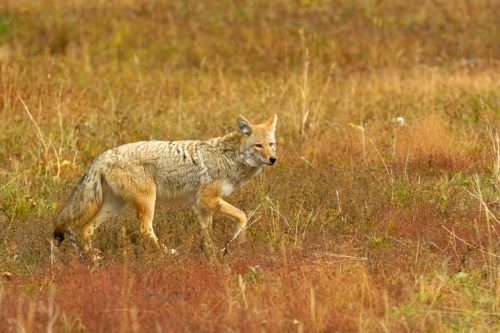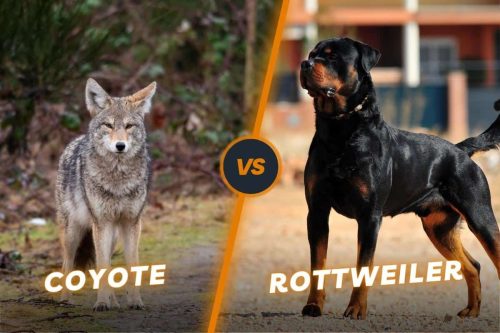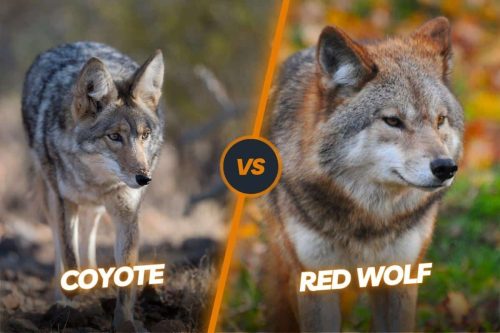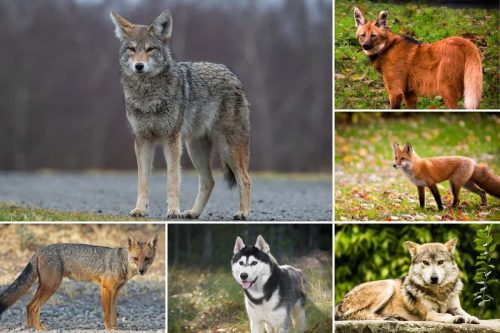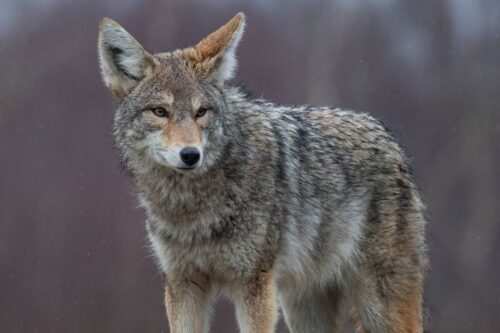How Long Do Coyotes Live? – Coyote Lifespan in Wild Vs Captivity
Coyotes are integral to the North American landscape and have lived amongst us for centuries. Many ask about the Coyote lifespan or how long these wild canines live. In this blog post, we’ll explore the typical lifespan of a coyote and some factors that can affect its life expectancy.
Learn more about how long do coyotes live, the remarkable coyote, and their lifespans with this comprehensive guide. First, we would discuss their life span in the wild environment.
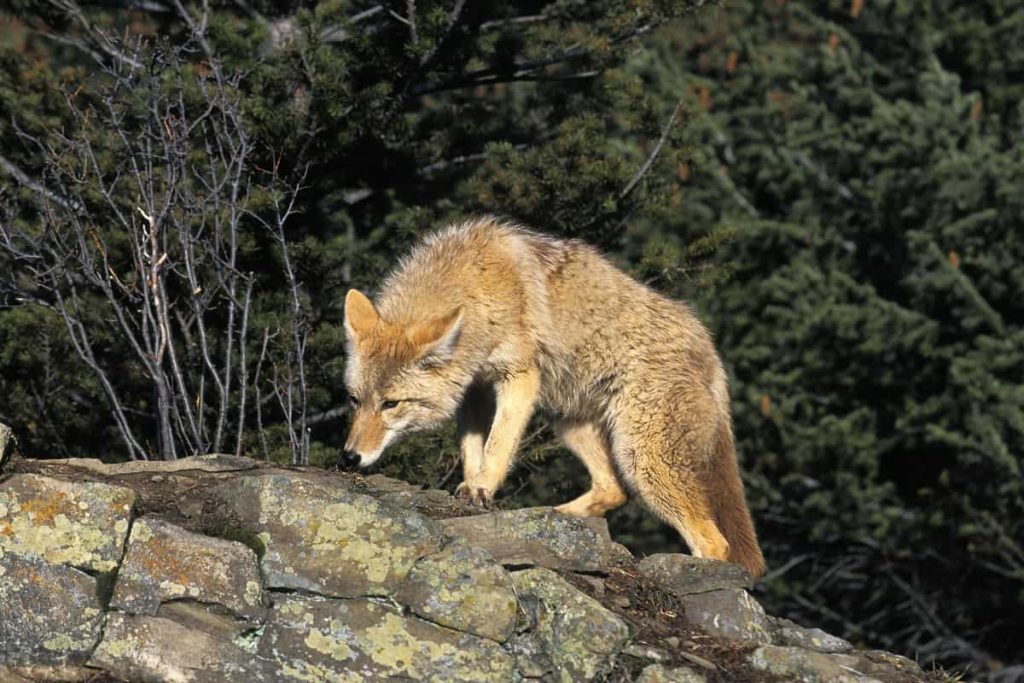
Contents
General Survival Rate of Coyote
Coyotes are incredibly adaptable and resourceful animals that can live in various habitats, from forests and grasslands to urban environments. Despite this, their lifespan in the wild can be short. Coyotes generally have a relatively low survival rate, with only about half of all coyotes living to one year old.
This is due to a combination of factors, including competition with other predators, hunting and trapping, disease, and accidents like being hit by cars.
However, those coyotes that make it past their first year of life can live for several more years, with the average lifespan of a wild coyote estimated to be around 3-5 years. Of course, this can vary depending on several factors, including the availability of food and water, the prevalence of disease, and the presence of predators or other threats.
Studies have shown that coyotes living in urban or suburban environments have longer lifespans than their rural counterparts. This is likely due to the abundance of food and water sources in these areas and the fact that these coyotes are less likely to encounter hunters or predators. Some urban coyotes have even been known to live up to 10 years or more!
How long do coyotes live in the wild?
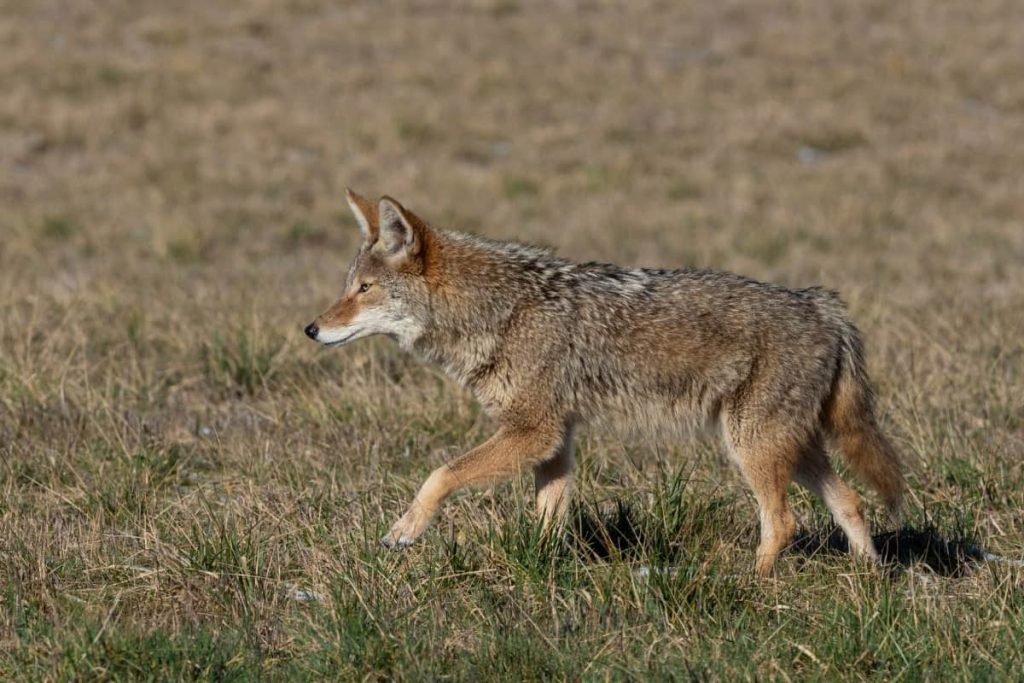
Now comes the question, how long do coyotes live in the wild? The answer might be more complex than it sounds. In the wild, coyotes have an average lifespan of about 3 to 5 years, with some living up to 10 years. However, the lifespan of coyotes can vary greatly depending on factors such as environmental conditions, habitat, availability of food and water, and predation.
Coyotes are known to be skilled hunters and are adept at adapting to their environment. However, they are also prey to larger predators such as wolves, bears, and mountain lions, which can significantly impact their lifespan. Additionally, habitat destruction, diseases, and human interference, such as hunting and trapping, can also reduce the lifespan of coyote in the wild.
Despite these challenges, coyotes have thrived and expanded their range throughout North America. Their adaptability and resilience make them one of the most successful and fascinating species to observe in the wild.
The Average Lifespan of Coyotes in Captivity
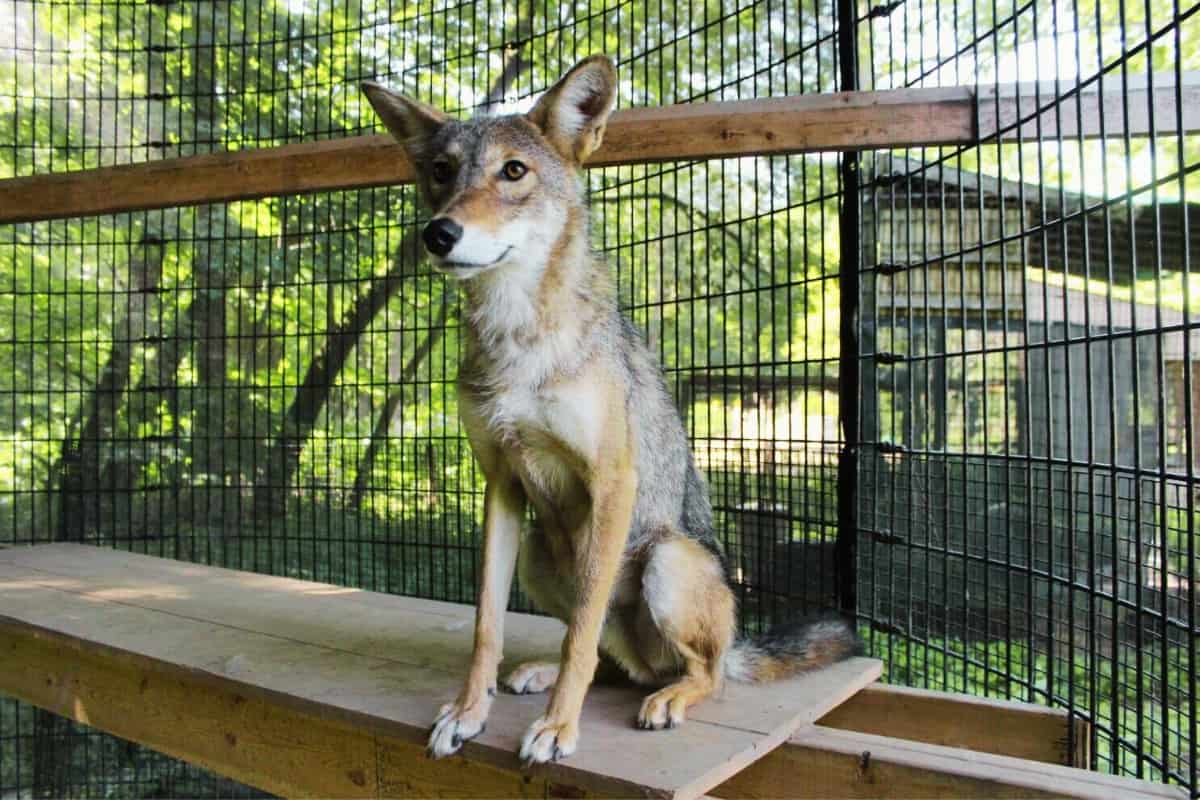
Coyotes in captivity have a longer lifespan than wild ones because they don’t face the same threats from predators, human activity, or disease. Coyotes can generally live in captivity for 10 to 14 years, although some have been known to live up to 20 years.
However, it’s important to note that just because a coyote is in captivity doesn’t mean it will automatically live a long life. Coyotes are intelligent and active animals that require ample space to move around, play, and explore. Without proper care and attention, they can become stressed, bored, or even develop health issues that significantly impact their lifespan.
Therefore, if you’re considering keeping a coyote as a pet, it’s essential to understand the responsibility that comes with it. Ensure you have the knowledge, resources, and commitment to provide your coyote with the care it needs to live a long and healthy life.
Let us discuss in detail various factors that affect the Coyote Lifespan:
Factors Affecting the Coyote Lifespan
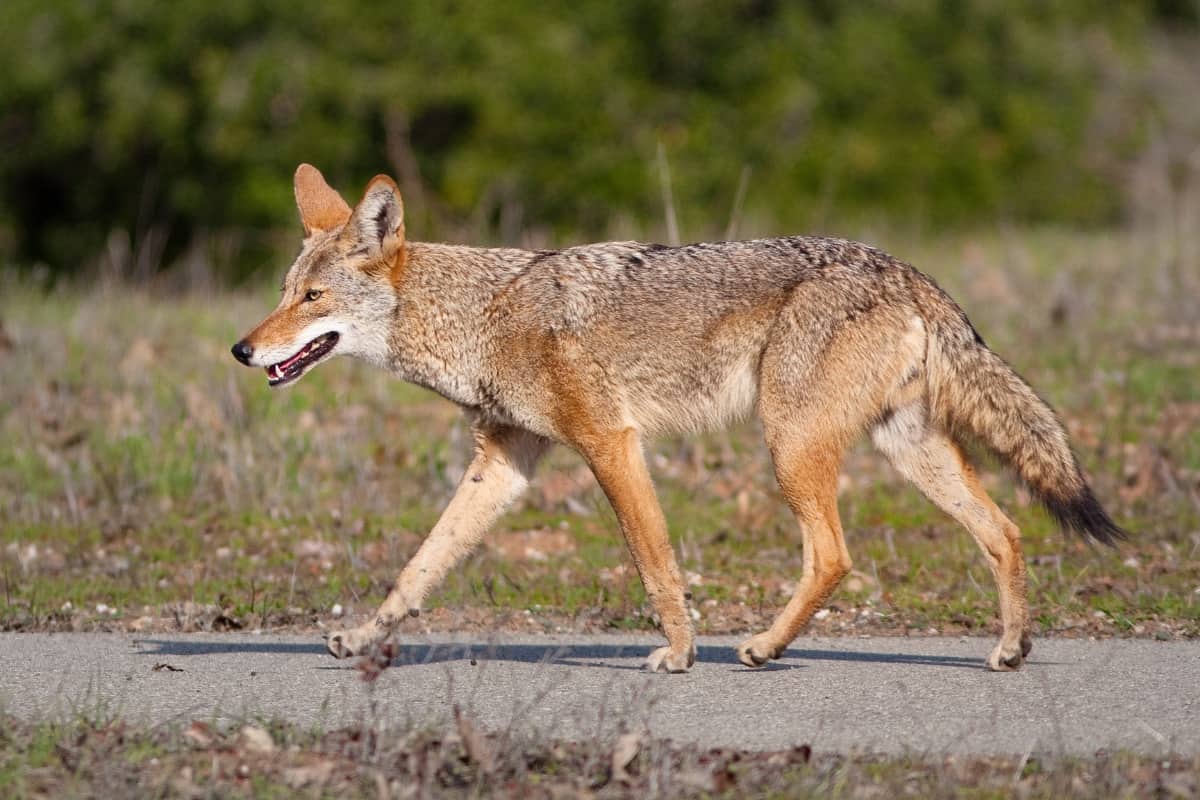
Though many factors might affect their lifespan, here are some of the most notable features that would be of great interest to you:
Genetics:
Like any living creature, the genetics of a coyote can play a role in its lifespan. However, the impact of genetics on lifespan is less significant for coyotes than for some other species. Unlike dogs, coyotes have not undergone significant selective breeding, which has led to the development of many different breeds with specific health concerns.
Food:
Coyotes are opportunistic predators that eat almost anything they can catch or scavenge. A coyote’s diet can include small rodents, rabbits, birds, insects, fruits, and carrion. However, food availability can vary greatly depending on the time of year, location, and competition with other predators. A lack of food can lead to malnutrition, illness, and a shorter lifespan.
Habitat:
Coyotes throughout North America can adapt to various environments, from dense forests to urban areas. However, their survival is influenced by the quality of their habitat, as mentioned previously. Coyotes need sufficient cover, water sources, and prey to thrive. Human development and activities, such as deforestation and urbanization, can degrade or destroy these resources, decreasing coyote populations.
Human Activity:
Coyotes can face various threats from human activity, including hunting, trapping, poisoning, and road mortality. While coyotes are resilient and adaptable, these factors can significantly reduce their lifespan. Additionally, human activity can lead to habitat loss, fragmentation, and degradation, indirectly affecting coyote populations and lifespans.
Understanding these factors can help us appreciate coyotes’ challenges and adaptations in the wild. By mitigating the negative impacts of human activity and ensuring healthy ecosystems, we can help promote the survival of these amazing animals for generations to come.
Common Behaviors Associated with Coyote Life Expectancy
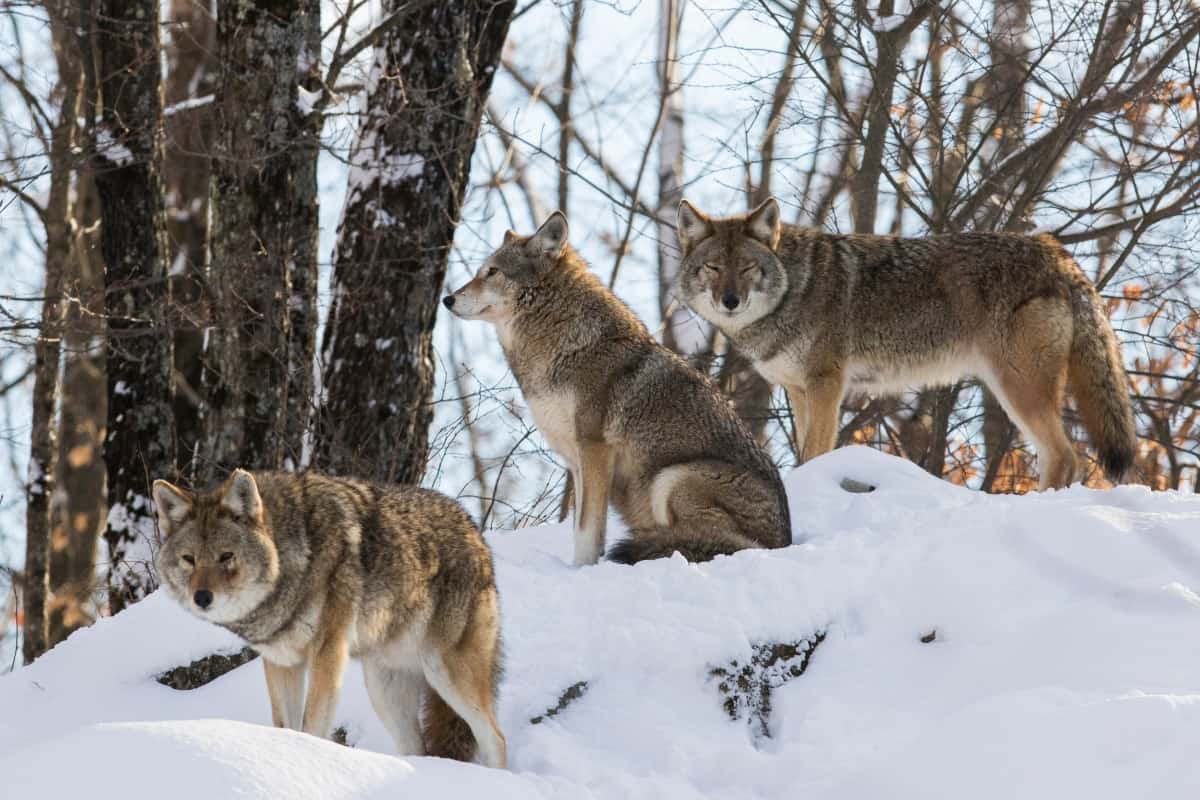
As we have discussed, various factors can affect coyote lifespan, including environmental changes and human interference. However, certain behaviors are commonly associated with their lifespan. This section will explore some behaviors that can impact coyote life expectancy.
Mating
Coyotes are monogamous animals, meaning they typically mate for life. They typically breed in February or March, with a gestation period of around 63 days. A litter of 4-7 pups is born in April or May. Coyotes usually reach sexual maturity at one or two years old and may breed annually until the end of their life.
Territoriality:
Coyotes are known to be territorial animals. They establish and defend their territory from other coyotes and predators, especially during mating season and raising their young. In urban areas, they may also mark their territory by howling and barking at night, which humans can hear. Coyotes typically maintain their territories for many years, and this behavior can help ensure their survival and longevity.
Adaptability:
Coyotes are incredibly adaptable animals. They are found in almost every type of habitat in North America, from deserts to forests to cities. They are opportunistic hunters and will eat almost anything, from small rodents to deer. This adaptability allows them to survive in changing environments and can contribute to their long lifespan.
Communication:
Coyotes are very vocal animals and use a range of sounds to communicate with each other. They may howl, bark, yip, growl, or whine to express different emotions or messages. They also communicate with body languages, such as tail wagging or ear flattening. This communication helps them to maintain their social bonds and stay safe in their territory. As a result, they can live long through that aspect.
Socialization:
Coyotes are social animals and may live, travel and hunt in packs of a mated pair and their offspring. These family groups may also include subordinate coyotes that help raise the young. Socialization allows them to work together to hunt and protect their territory, which can contribute to their longevity. However, they can also survive alone, which may be necessary in some environments.
Conclusion
Overall, the lifespan of coyotes can vary depending on several factors, such as location, diet, and environmental conditions. While some may live up to 14 years in the wild, the average lifespan is typically much shorter. However, through careful study and research, we can continue to gain a better understanding of these fascinating animals and their lives.
FAQs

Ray is an experienced wildlife researcher with a background in veterinary medicine. His contributions have significantly advanced our understanding of various wild animals.

